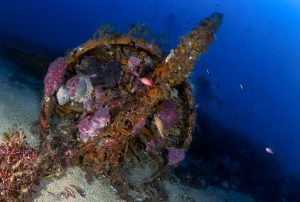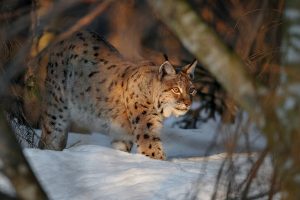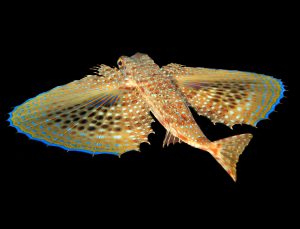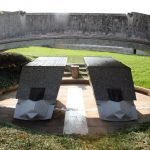In the new works by Alessandro Russo there is a lively relationship between painting and urban landscape with the homage to Milan in recent years in continuous evolution, as if to refer to the fervent industrial development of the period in which Boccioni created precisely in Milan, in 1910 - 11, The rising city. The artist, of Calabrian origin, is influenced by the new architectures that will characterize the city which, with its enlightened industrial bourgeoisie, has always supported artists, generating, during the twentieth century, important collections that we can see today in museums, such as the Museum of the '900 or the Gallerie d'Italia opened in recent years. Alessandro Russo's exhibition, in a particular historical moment marked by the pandemic, starts from these cultural foundations; the artist gives his pictorial interpretation to the new Milan with a choice of works exhibited in the gallery and published in his latest monograph which documents this fertile period (2011 - 2020) of the painter, also of Calabrian origin, who moved to Milan to teach Decoration at the Brera Academy.
A superb series is dedicated to the iconic Duomo, a difficult subject that Russo solves in extreme synthesis and pictorial skill with his typical bold brushstroke from warm Mediterranean colors to the most Milanese grays. The invitation reproduces Duomo Rosso, an oil on aluminum, a support that the artist uses following a commission and which he finds interesting as a mirroring base for his photographic-cut painting. The artist casually uses various techniques and supports in addition to canvas, forex, cardboard, retouches, and multi-material on wood. The iconographic research of Alessandro Russo, from industrial archeology, to ports, to the most historical works, the rallies, portraits of politicians and magistrates, dialogue with the recent works that Russo has dedicated to Milanese views: a contemporary landscape in relationship with the classicism between gesture painting and architecture. Bosco Verticale, City Life, Unicredit Skyscraper, Palazzo della Regione Lombardia, Torre Diamante, the series of Central and Garibaldi stations, and so on; a painting with an international flavor of the great French tradition that opens the way to the languages of contemporaneity.
Alessandro Russo

Lo Junkers 52 di Isola delle Femmine, la storia di Zia Ju
*di Giovanni Laganà* E’ una storia – la nostra – che nasce in Sicilia, nell’estate del 1942, in una cornice da sogno: quella del mare di Isola delle Femmine, borgo marinaro situato a pochi chilometri da Palermo. Nel bel mezzo di una guerra mondiale senza precedenti, in una giornata particolarmente assolata, un’inusuale risonanza di motori […]
Continua a leggere
Vita selvaggia, dai boschi alle città, speci sospese fra estinzione e ripopolamento
*di Paolo Di Giannantonio* Ma avete presente quant’è bella la lince? Un animale elegante ma schivo, un predatore determinatissimo ma anche delicatissimo; una specie che sembrava scomparsa dalle nostre foreste e che di tanto in tanto si fa rivedere. Un ridotto numero di esemplari, concentrati sulle Alpi, dalle parti del Parco del Tarvisio ed oltre, […]
Continua a leggere
Immersione nel Mediterraneo, un mare diverso: quello di notte
*testo e foto di Giovanni Laganà* La sera in cui la lampada artigianale costruita dal mio amico Gigi accese per me i colori di un ristretto specchio acqueo nel mio Mare Jonio, è uno dei ricordi adolescenziali che porto indelebilmente dentro di me. Avevo diciannove anni e mi accingevo, per la prima volta, ad affrontare, […]
Continua a leggere









